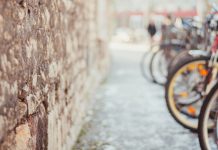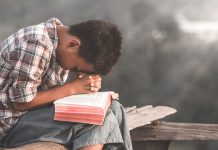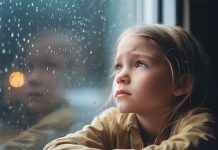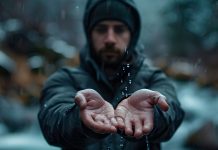The prevailing message in the context of the pandemic was clear, but also disturbing: “Don’t go out! Stay home! Work from home!” But what about those who do not have a home?
Every day we hurriedly pass people on the street and look at them as characters who litter our daily lives: nobodies, lives coloured in drab tones and obscurity, addicts, diseased, uneducated, social misfits with no future. They all mingle indistinctly into a melting pot of social and institutional systems that render them almost invisible.
The image of these people sleeping and living on the street—in abandoned buildings, under bridges, in disused barracks, in train stations or canals—seems incompatible with present society, in which something is constantly being built. In this landscape, the imperative to “Stay home!” becomes an exclusionary blessing. The prospect of not having a home upsets the balance of the human being, inextricably linked to the image of a home, of a family, of someone to care for.
The vertical axis of the imposing buildings, the modern architecture of a new world of glass and concrete, is in a striking contrast to the unhealthy horizontal axis—difficult to look at and even harder to support—of the homeless and the story-less, the man with no dignity and no future, of the anonymous beggar.
On the other side it’s us, the others. Concerned with our own drama and our own shortcomings, we find it difficult to find resources to show empathy and compassion for the homeless, which the street seems to absorb completely and make everyone resemble, as if fused into a single person, the “no one”. In this difficult period we are going through, when worries and anxieties seem to take over, the image of a homeless person seems all the more inappropriate. The far too obvious presence of the social degradation they embody reminds us, relentlessly and unabating, of the vulnerability and precariousness of the human condition in this modern world, a world that just yesterday seemed to be in control and have the answers to most social and medical challenges.
When the Romanian Ministry of Internal Affairs stated that, starting March 25, “local public administration authorities have the obligation to identify and keep records of homeless people, as well as to ensure their shelter and care,” we began to look differently at this vulnerable category. It was a first.
Suddenly, we started giving the man on the corner a second look. The heavy smell that betrays his lack of personal hygiene, his hungry look, his ruddy and cracked face, disfigured by frost and alcohol, his shabby ragged clothes, show that he is the perfect target of this governmental intervention. The label of “homeless” recommends him for the new legislative initiative and suddenly he “enjoys” benefits that perhaps he didn’t even want. He also “benefits” from social protection measures granted to the category to which he to unwillingly belongs.
We, the others, have realised that, while we fill our shopping baskets, wash our hands often and urge each other to #stayhome, the people of the street have no way to participate in this general mobilisation without proper help.
Perhaps the homeless man on the street is now wondering, with some hope, what will happen when this crisis ends. Unfortunately, we know that the question is rhetorical. He will return to the street, helpless again in the face of a decline he could not prevent, the street option being once more his only option. He will find himself again muttering unintelligibly, digging in the dumpsters, heading towards the lamentable end of the existence of “beggar”, of “homeless”. A nobody again, but this time an absolute nobody. He will again sleep wherever he can, staring absently at the vanity of the world, while discontentedly sipping soup from a jar of leftovers we have discarded.
Laura Maria Oancea-Pascu is a TV producer, managing the Special Interfaith Edition on Hope Channel Romania.



















